Rising Demand from Automotive Sector
The automotive sector is experiencing a notable shift towards lightweight materials, with aluminum being a preferred choice due to its strength-to-weight ratio. This trend is driven by the need for improved fuel efficiency and reduced emissions. In 2025, the automotive industry is projected to account for approximately 20% of the total aluminum consumption in The Global Aluminum Industry. As manufacturers increasingly adopt aluminum for vehicle production, the demand is expected to rise, thereby influencing market dynamics. The shift towards electric vehicles further amplifies this trend, as aluminum is essential for battery enclosures and structural components. Consequently, the automotive sector's growing reliance on aluminum is a key driver for The Global Aluminum Industry.
Growing Demand for Packaging Solutions
The packaging industry is witnessing a surge in demand for aluminum due to its lightweight, recyclable, and durable characteristics. In 2025, the packaging sector is expected to represent around 15% of the total aluminum consumption in The Global Aluminum Industry. Aluminum packaging is favored for its ability to preserve product quality and extend shelf life, particularly in the food and beverage sector. As consumer preferences shift towards sustainable packaging solutions, the demand for aluminum is likely to increase. This trend is further supported by regulatory measures aimed at reducing plastic usage, thereby enhancing the market potential for aluminum in packaging applications. The growing emphasis on sustainability in packaging is a significant driver for The Global Aluminum Industry.
Infrastructure Development Initiatives
Infrastructure development remains a critical driver for The Aluminum Industry, particularly in emerging economies. Governments are investing heavily in infrastructure projects, including transportation, housing, and energy. In 2025, it is estimated that infrastructure projects will contribute to a significant portion of aluminum demand, potentially reaching 30% of total consumption. Aluminum Market's properties, such as corrosion resistance and lightweight nature, make it an ideal material for construction and infrastructure applications. As urbanization continues to rise, the need for sustainable and durable materials in construction will likely propel the demand for aluminum. This trend indicates a robust growth trajectory for The Global Aluminum Industry, driven by ongoing infrastructure initiatives.
Increased Focus on Renewable Energy Solutions
The transition towards renewable energy sources is becoming a pivotal driver for The Global Aluminum Industry. Aluminum Market plays a crucial role in the manufacturing of solar panels, wind turbines, and energy storage systems. In 2025, it is anticipated that the renewable energy sector will account for a substantial share of aluminum demand, potentially exceeding 10% of total consumption. As countries commit to reducing carbon emissions and investing in clean energy technologies, the demand for aluminum in these applications is likely to rise. This trend not only supports the growth of The Global Aluminum Industry but also aligns with global efforts to promote sustainable energy solutions.
Technological Innovations in Aluminum Production
Technological advancements in aluminum production processes are reshaping The Global Aluminum Industry. Innovations such as advanced smelting techniques and recycling methods are enhancing efficiency and reducing environmental impact. In 2025, it is projected that recycled aluminum will account for over 50% of the total aluminum supply, reflecting a growing emphasis on sustainability. These innovations not only lower production costs but also align with global sustainability goals, making aluminum a more attractive option for various applications. As industries increasingly prioritize eco-friendly materials, the role of technology in aluminum production is likely to drive market growth, positioning The Global Aluminum Industry favorably in the coming years.
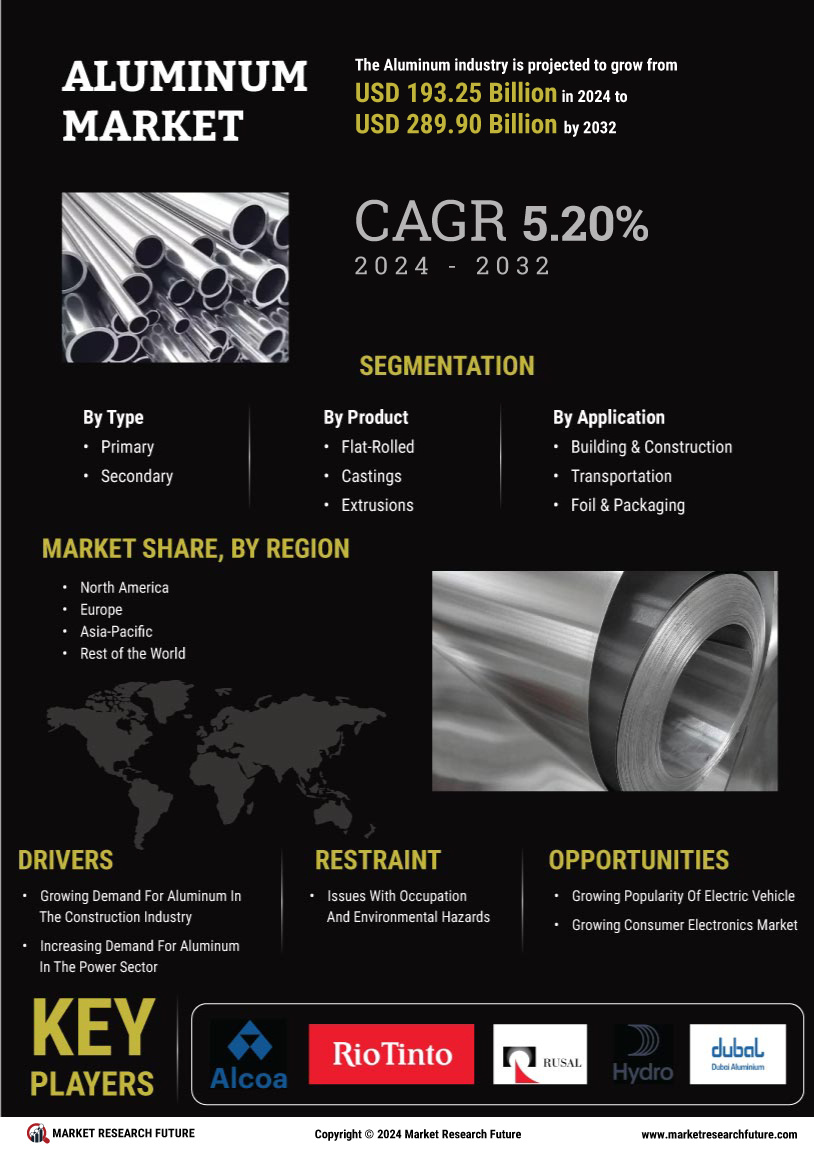

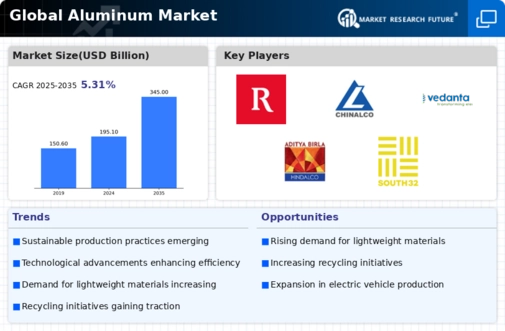
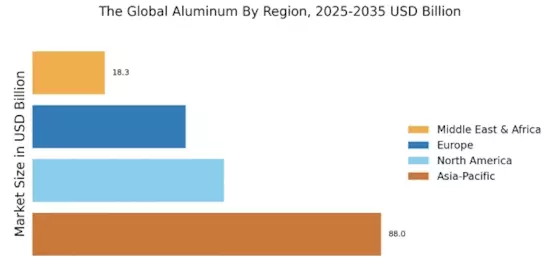
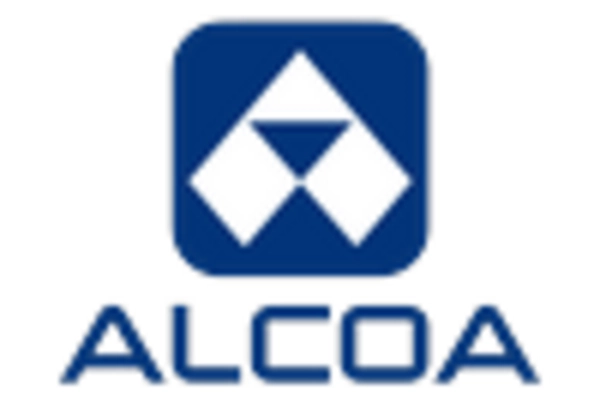
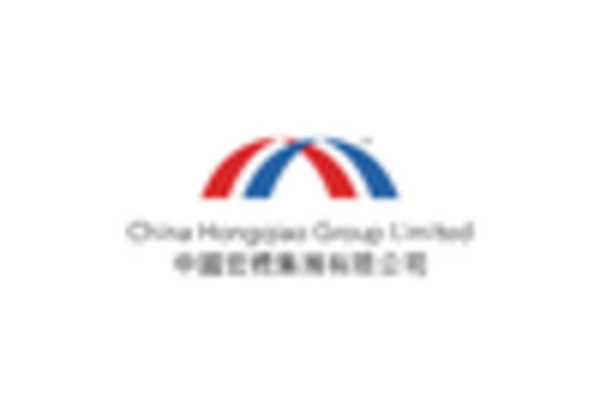
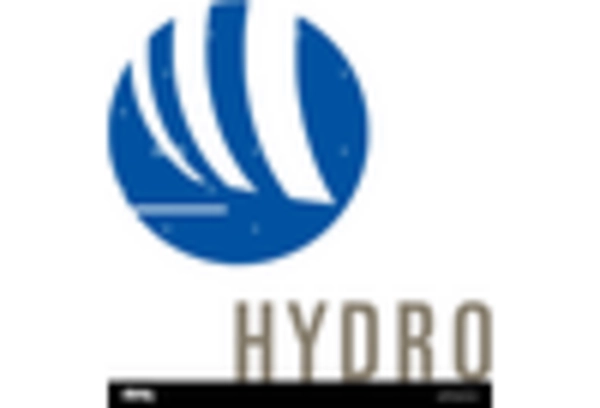
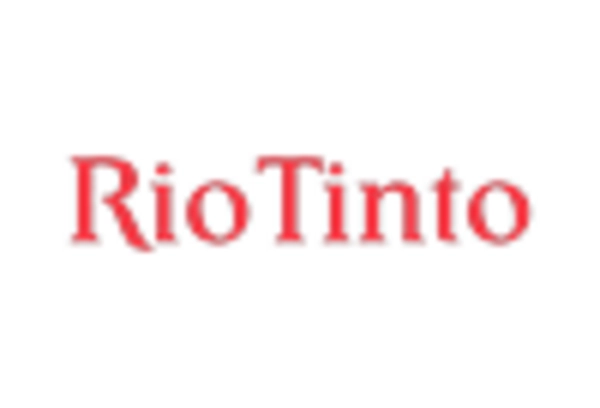
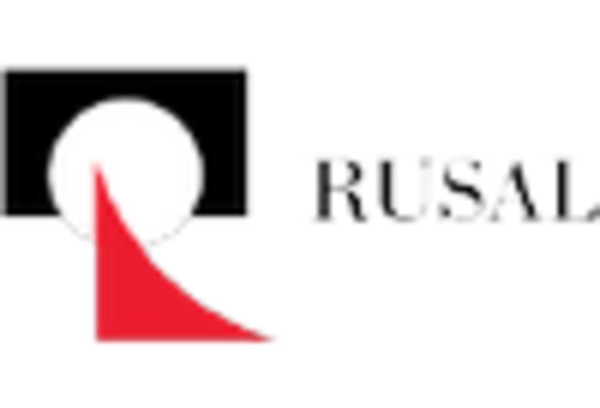
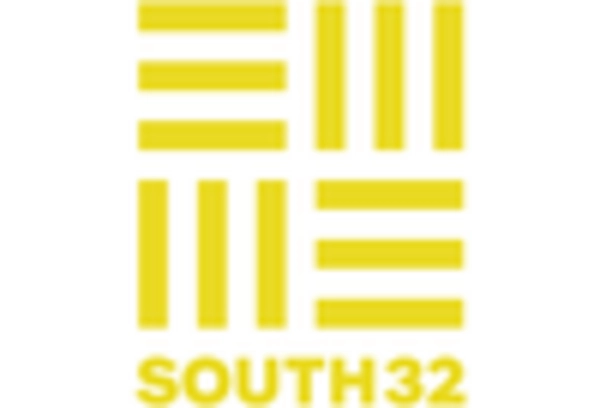








Leave a Comment